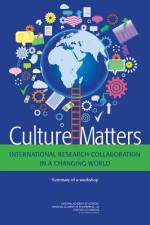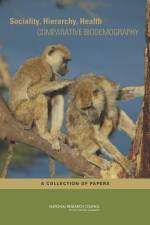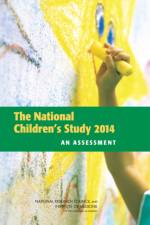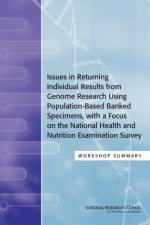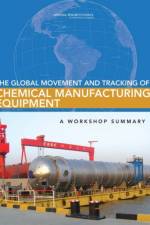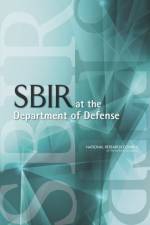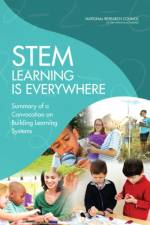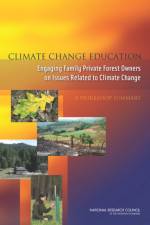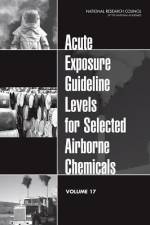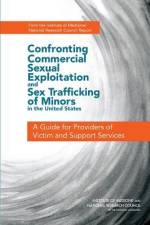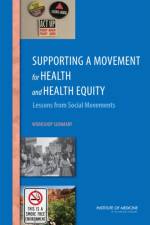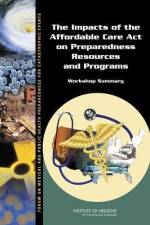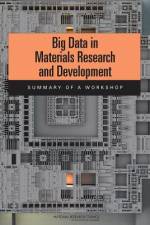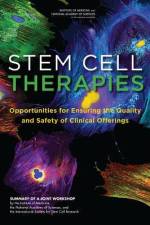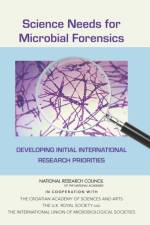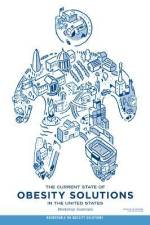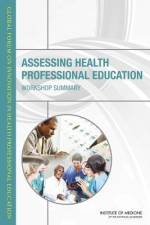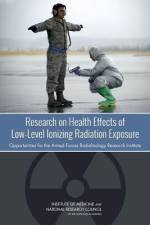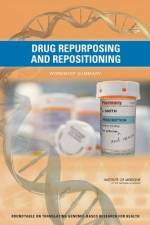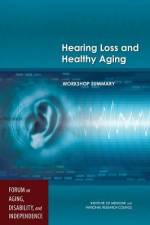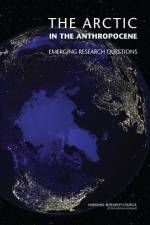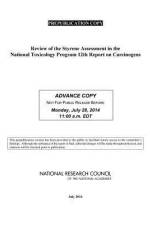av National Research Council
515,-
Population surveys traditionally collect information from respondents about their circumstances, behaviors, attitudes, and other characteristics. In recent years, many surveys have been collecting not only questionnaire answers, but also biologic specimens such as blood samples, saliva, and buccal swabs, from which a respondent's DNA can be ascertained along with other biomarkers (e.g., the level of a certain protein in the blood). The National Health and Nutrition Examination Survey (NHANES), sponsored by the National Center for Health Statistics (NCHS), has been collecting and storing genetic specimens since 1991, and other surveys, such as the Health and Retirement Study (HRS) funded by the National Institute on Aging, have followed suit. In order to give their informed consent to participate in a survey, respondents need to know the disposition and use of their data. Will their data be used for one research project and then destroyed, or will they be archived for secondary use? Sponsors of repeated cross-sectional surveys, such as NHANES, and of longitudinal surveys that follow panels of individuals over time, such as HRS, generally want to retain data for a wide range of secondary uses, many of which are not explicitly foreseen at the time of data collection. They typically inform respondents that their data will be stored in a secure manner and may be provided to researchers with suitable protections against individual identification. The addition of biologic specimens to a survey adds complications for storing, protecting, and providing access to such data and measurements made from them. There are also questions of whether, when, and for which biologic measurements the results should be reported back to individual respondents. Recently, the cost of full genomic sequencing has plummeted, and research findings are beginning to accumulate that bear up under replication and that potentially have clinical implications for a respondent. For example, knowing that one possesses a certain gene or gene sequence might suggest that one should seek a certain kind of treatment or genetic counseling or inform one's blood relatives. Biomedical research studies, in which participants are asked to donate tissues for genetic studies and are usually told that they will not be contacted with any results, are increasingly confronting the issue of when and which DNA results to return to participants. Issues in Returning Individual Results from Genome Research Using Population-Based Banked Specimens, with a Focus on the National Health and Nutrition Examination Survey is the summary of a workshop convened in February 2013 by the Committee on National Statistics in the Division of Behavioral and Social Sciences and Education of the National Research Council. This report considers how population surveys, in particular NHANES, should implement the reporting of results from genomic research using stored specimens and address informed consent for future data collection as well as for the use of banked specimens covered by prior informed consent agreements. The report will be of interest to survey organizations that include or contemplate including the collection of biologic specimens in population surveys for storing for genetic research. The issues involved are important for advancing social, behavioral, and biomedical knowledge while appropriately respecting and protecting individual survey respondents.



